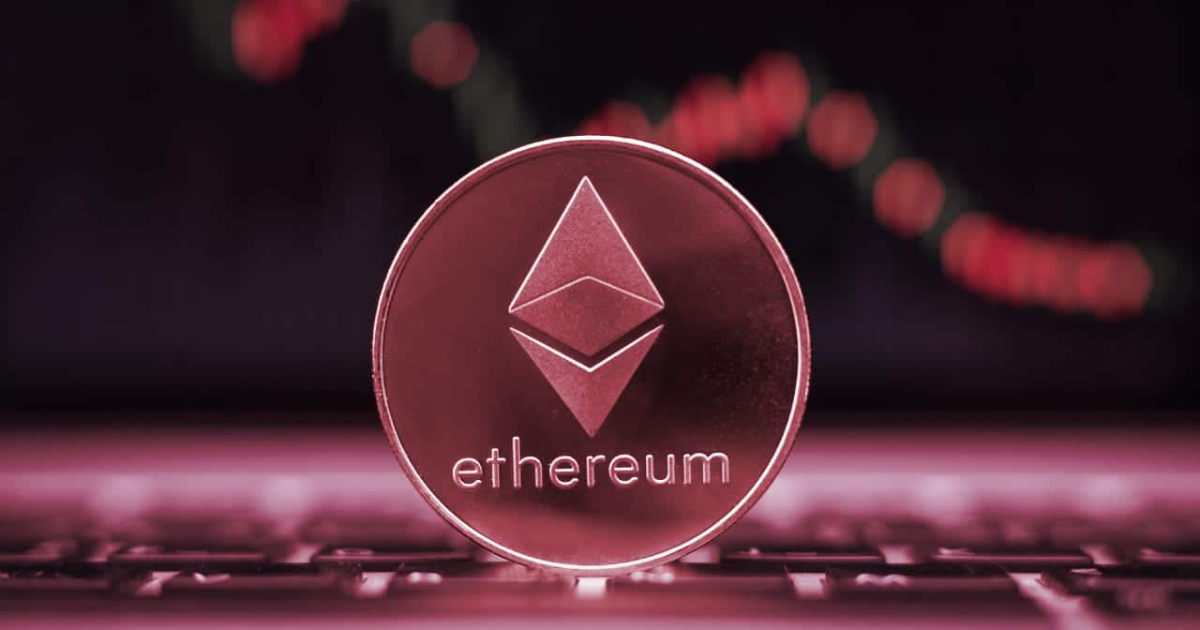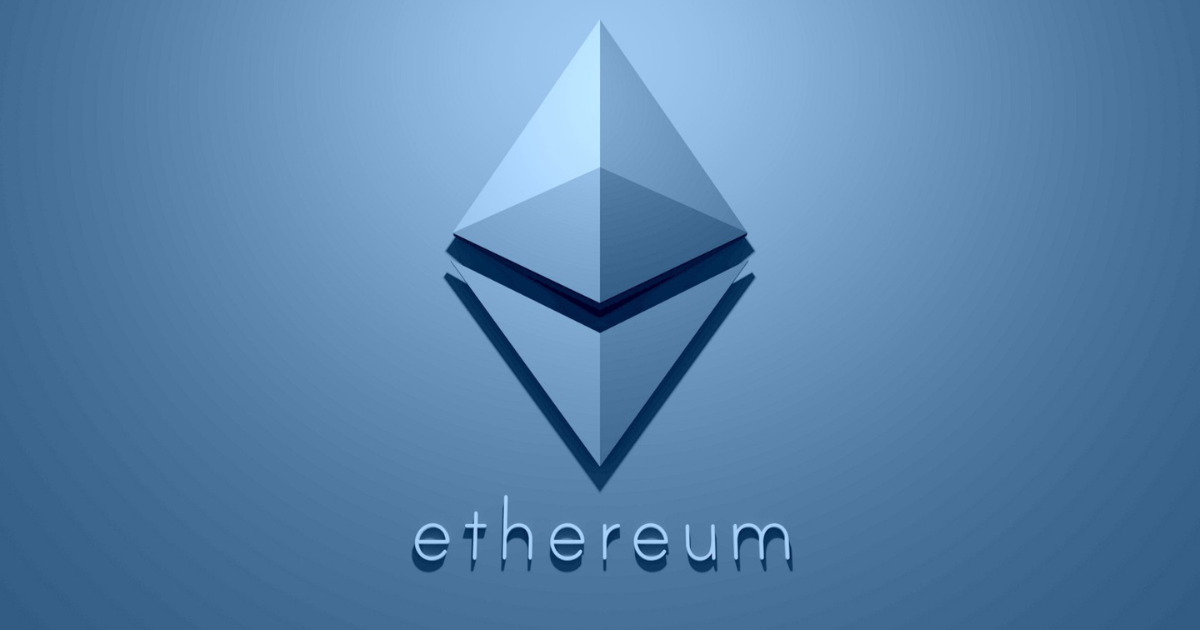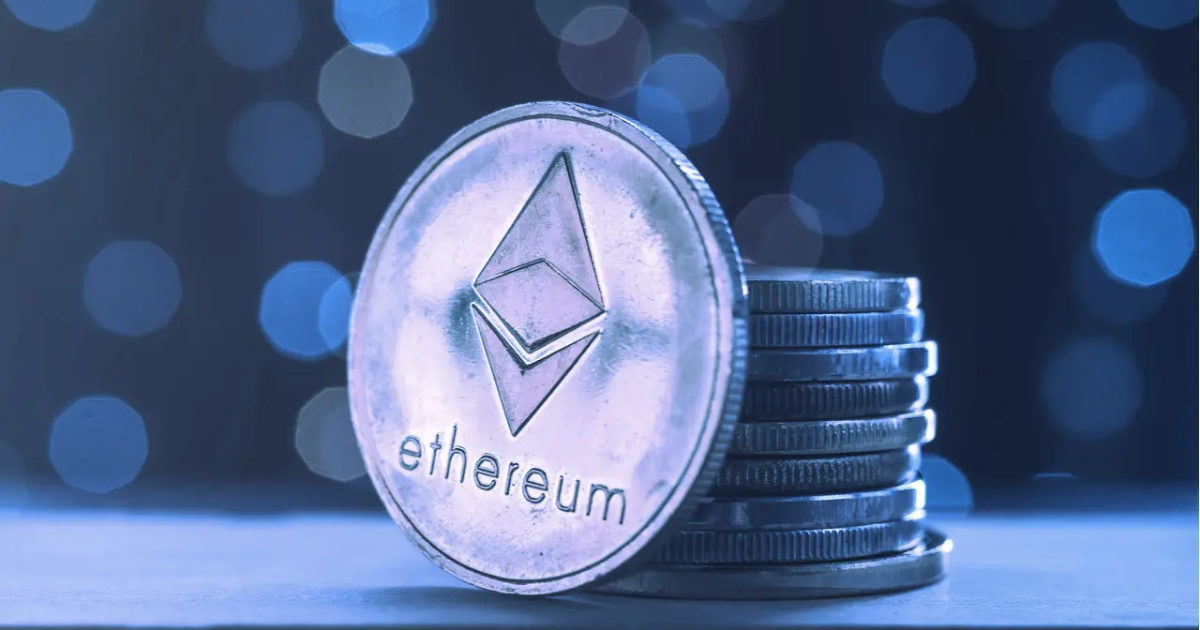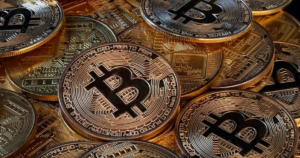Given Ethereum’s burn of over 4.5 million ETH and an attempt being made to get it to be a deflationary asset, the unexpected roadblocks have been confusing. Monetary policy continues to be inflationary for the network despite early predictions after the 2021 London Hard Fork. This has caused debates among investors on the future value proposition of Ethereum deflation
Key-Takeaways:
- Ethereum deflation, and even after burning 4.5 million ETH worth $7.3 billion, it grows at a rate of 0.805% per annum from 2021 by supply.
- Dencun had reduced transaction fees, creating a secondary effect of slowing the burn rate, while inadvertently reducing the deflationary goals.
- However, one of Ethereum’s ‘Ultra Sound Money’ visions faces hurdles as burns are usually failing to be enough faster than the new token issuance.
- The largest contributor to the token burning on the network is ETH transfers, OpenSea NFT transactions, and Uniswap activities.
The Burn Mechanism Falls Short
 After all, about 4.58 million ETH has been burnt by Ethereum’s fee-burning mechanism so far since August 2021. That figure is around $7.3 billion, which is worth of tokens burned permanently out of circulation. But despite this huge burn, it has not accomplished the deflationary effect it was supposed to on the overall supply.
After all, about 4.58 million ETH has been burnt by Ethereum’s fee-burning mechanism so far since August 2021. That figure is around $7.3 billion, which is worth of tokens burned permanently out of circulation. But despite this huge burn, it has not accomplished the deflationary effect it was supposed to on the overall supply.
In fact, over the same period, the network has increased by 3.48 million tokens in total ETH. It means that Ethereum grows 0.805% every year which doesn’t fulfill Ethereum’s monetary objectives. The amount of the current supply is 120.69 million ETH which means they are experiencing constant inflation.
The ETH burning process is the result of several network activities. Hardly believable, there are more than 374,000 burned tokens thanks to standard ETH transfers. About 230,000 ETH have been burnt by the second NFT marketplace, which is OpenSea.
Various router versions of Uniswap have collectively burnt hundreds of thousands of ETH. Furthermore, almost 209,000 ETH has been withdrawn from circulation by Tether transactions. The burning mechanism of Ethereum can be evidenced by these figures of everyday crypto activities.
Inflation vs. Bitcoin’s Model
 Compared to Bitcoin, Ethereum had an annual inflation rate of 0.805%, while Bitcoin held an annual inflation rate of 1.517%. With Bitcoin’s high inflation rate, its fixed supply cap serves to please the investors with certainty regarding its long-term scarcity. On Ethereum, this uncapped model has its supply growth controlled by burning.
Compared to Bitcoin, Ethereum had an annual inflation rate of 0.805%, while Bitcoin held an annual inflation rate of 1.517%. With Bitcoin’s high inflation rate, its fixed supply cap serves to please the investors with certainty regarding its long-term scarcity. On Ethereum, this uncapped model has its supply growth controlled by burning.
This is the fundamental difference that makes Ethereum’s economic challenge unique. Bitcoin is based on mathematical certainty; Ethereum balances a high level of issuance, burning, and network utility. The second largest cryptocurrency has both opportunities and uncertainty to create from this dynamic model.
However, recent network upgrades have been on the contrary to facilitate Ethereum’s path to deflation. In 2024, the Dencun upgrade successfully decreases the transaction fees for the users. In return for reduced fees, you would end up burning fewer tokens through the EIP1559 mechanism.
This is made worse by periods of lower network activity. As fewer users interact with the blockchain, less fees are produced and burned. With this relationship, we have a cycle in which network efficiency improvements could work against deflationary goals.
The Future of “Ultra Sound Money”
One of Ethereum’s strong suits is the idea of being “Ultra Sound Money” a concept where ETH eventually becomes ‘scarcer and scarcer’ over time. However, despite this ambition, the push of consistent deflationary pressure has attendees. Per market trends and more realistic monetary trappings, the price of the cryptocurrency recently dropped to $1,601.
In peak usage times, short deflationary windows have taken place. However, it has proven difficult to sustain these conditions. It means that if the future network developments or any demand spikes come in, the balance could shift towards deflation. Monetary policy for Ethereum can only be said to be in flux until then.
Conclusion: Ethereum Deflation
The monetary experiment is on the path of ETH and Ethereum deflation, balancing on the ground of technological advancements and tokenomic doctrines. Yet while it is doubtlessly an economic force to be burned on the scale of 4.5 million ETH, the burning has thus far yet to realise deflationary outcome. According to Ethereum’s market dynamics, if deflation becomes a reality on ETH, it will depend on them.











